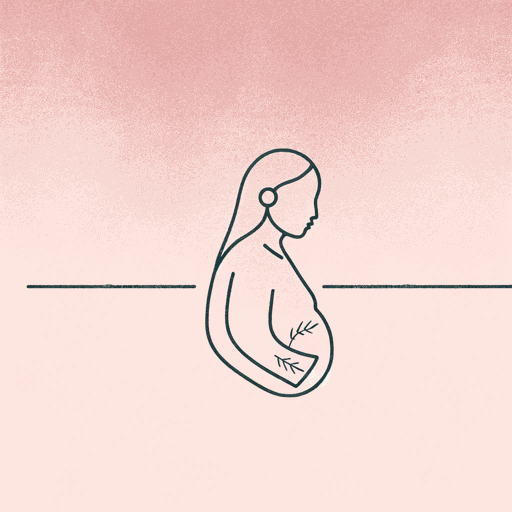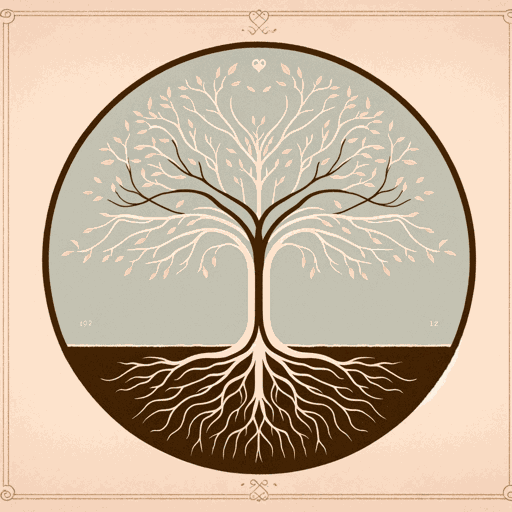39 pages • 1 hour read
Louise ErdrichThe Round House
Fiction | Novel | Adult | Published in 2012A modern alternative to SparkNotes and CliffsNotes, SuperSummary offers high-quality Study Guides with detailed chapter summaries and analysis of major themes, characters, and more.
Summary and Study Guide
Overview
The Round House is a harrowing work of fiction evolving around the rape and near murder of Geraldine Coutts, a Native American woman on a North Dakota reservation. The events are told by Joe, Geraldine’s thirteen-year-old son. In the narrative, Joe and his father, Bazil, must piece together a series of flimsy clues to try to make sense of Geraldine’s attack. The story is fast-paced, and the riveting chapters are interspersed with the daily lives of the characters as they come face to face with the concepts of good, evil, love, and morality. The title takes its name from an old round house, a sweathouse, built on the reservation for communing with the Creator. Native American tradition weaves itself throughout the narrative as Joe, his family, and friends face the realities of reservation life, including the justice and/or injustices of tribal law.
The narrative begins in the spring, with a thirteen-year-old Joe and his father, Bazil, uprooting saplings from their yard. The young trees are destroying the foundation of the family home, foreshadowing the events to come. One such event is taking place at the same time as the yardwork: the rape and attempted murder of Geraldine Coutts. Both Bazil and Joe eventually stop work and realize that Geraldine is missing. The men know that Geraldine is the glue that holds their family together. Bazil likens her to a clock that keeps the family running. Her absence is noticed even more as it is a Sunday, and the supermarket, where they suspect her to be, is closed. She had mentioned earlier that she would go to work to retrieve a file, but hours have passed since then.
When Joe and Bazil go into town to find Geraldine, they are relieved to see her drive past them speedily. This relief is soon eclipsed when it is revealed that Geraldine has been attacked. Later, at the hospital, Joe learns that his mother has been raped. It is revealed that her attacker had attempted to murder her by setting her on fire. One of the main issues that arises early on is where the heinous crime took place. Piecing together what little information they gain in the hospital, Joe comes to understand that jurisdiction plays an important role in the matter. Will tribal law govern the case, local law enforcement, or the FBI? Geraldine’s rape and subsequent case throws into motion a struggle over legal authority, as well as a struggle over morality as both Joe and Bazil want to bring the perpetrator to justice, but in very different ways.
Geraldine attempts to heal but finds herself slipping further into depression, while Joe and Bazil comb through old court cases to try to find a suspect. Joe’s friends aid him in his desire to catch his mother’s attacker, and when Joe learns that his mother was attacked at the old round house, he sets off with his friends to investigate. The round house and the nearby lake become recurring places of interest in the narrative as Joe finds more and more clues that piece together parts of what happened to his mother on that fateful day.
Joe and Bazil weed through a small list of suspects; one suspect stands out. The suspect is Linden Lark, an unstable man whose family abandoned his twin sister, Linda Wishkob, at birth due to a deformity. As the facts and evidence point in Linden’s direction, he is eventually arrested. With his arrest, life for the Coutts seems to go back to normal. Geraldine comes out of her depression and tries to fight her trauma by returning to work. Joe and Bazil feel relieved as well. The peace ends when Linden is released from jail as the case against him does not hold. As Geraldine’s face was covered when she was raped, jurisdiction is a factor, since she cannot say for certain where she was raped. With Linden’s release, Joe realizes that tribal law is necessary for the greater peace of his family.
Joe’s earlier innocence and his determination to catch his mom’s attacker, morph into feelings of rage and resolve; he hatches a plan to kill Linden Lark. He enlists the aid of his friends, most notably Cappy, and sets events in motion to finally give his family peace. Joe must deal with the concepts of good, evil, God, and morality in his bid to restore his family to normalcy. In the end, the reader is left to determine what morality means in the face of unspeakable acts. Old laws inform new laws, and tribal law comes face to face with the individual’s need to protect and serve. Louise Erdrich’s narrative paints a dazzling portrayal of how humankind faces unspeakable acts and how these acts can change people, for better or worse.
Related Titles
By Louise Erdrich

Fleur
Louise Erdrich

Future Home of the Living God
Louise Erdrich

LaRose
Louise Erdrich

Love Medicine
Louise Erdrich

Shadow Tag
Louise Erdrich

The Antelope Wife
Louise Erdrich

The Beet Queen
Louise Erdrich

The Bingo Palace
Louise Erdrich

The Birchbark House
Louise Erdrich

The Game of Silence
Louise Erdrich

The Leap
Louise Erdrich

The Master Butchers Singing Club
Louise Erdrich

The Night Watchman
Louise Erdrich

The Painted Drum
Louise Erdrich

The Plague Of Doves
Louise Erdrich

The Red Convertible
Louise Erdrich

The Sentence
Louise Erdrich

The Shawl
Louise Erdrich

Tracks
Louise Erdrich

